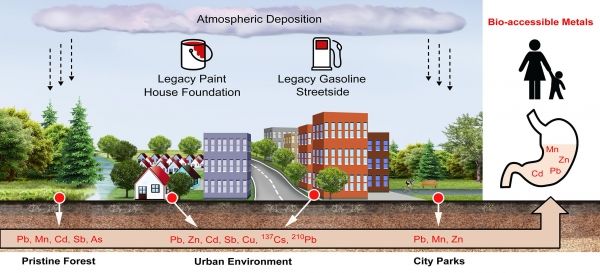Duke University scientists have developed a suite of isotope-based tests that can be used to identify the origin of lead contamination in urban soils and assess the risk it poses to children who inhale or ingest contaminated dirt or dust.
“These tests give public health officials reliable new ways to track the legacy of contamination that still persists in some urban soils decades after federal bans ended the widespread use of lead-based paint and gasoline,” said Avner Vengosh, Distinguished Professor of Environmental Quality at Duke’s Nicholas School of the Environment.
“We developed these tests to assess lead contamination in soils around Durham, N.C., but they could be used in similar cities anywhere,” Vengosh said.
The new study builds upon another Duke-led study of lead contamination in Durham soils, published earlier this year, that showed while lead levels in urban soils around Durham are declining overall, hotspots of contamination remain, especially in foundation soils around older houses and apartment buildings—likely the legacy of lead paint use in these homes.
Continue reading at Duke University
Image via Duke University


